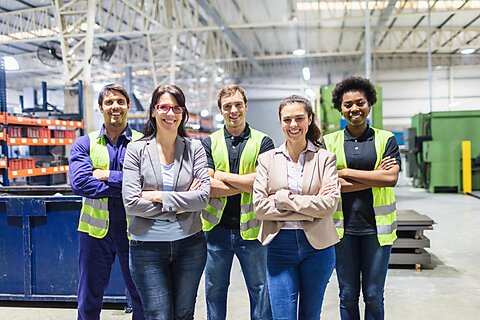
Jeffrey Miron
This article appeared on Substack on November 3, 2023.
The Biden administration recently issued an executive order regulating artificial intelligence. This partially reflects fear that AI will cause mass unemployment.
Such concern, however, is only the latest instance of misplaced fears surrounding technological change.
Speculation that technology would make humans redundant dates to Aristotle, who mused that laborers could be made obsolete by sufficiently complex tools.
During the Industrial Revolution, such fears were infamously revived as protestors (the Luddites) smashed textile machines to resist being displaced. Economist Thomas Mortimer opposed such machines because they would “exclude the labour of thousands of the human race, who are usefully employed.” Many weaving jobs disappeared, but new jobs arose in their place.
In 1964, a group of scientists warned President Lyndon Johnson that computers would soon cause mass unemployment. Such predictions have been replete over the last several decades in response to almost every form of novel technology.
A decade ago, for example, an Oxford study estimated that 47% of US jobs were subject to automation over the next two decades. A decade into the prediction, the employment‐to‐population ratio is higher than it was when the paper was released.
Today, some claim that “this time is different” and that AI will permanently reduce employment. But the lesson from centuries of incorrect predictions about technological unemployment is that demand for human labor will continue.
While new technologies will certainly destroy some jobs, money saved from automation will be spent in other sectors. The number of jobs may even rise as new, previously unthinkable roles result from tech advancements, such as social media managers or cybersecurity specialists.
Instead of trying to slow technology, policymakers should allow AI to destroy some jobs even while it creates many more.








